Electric Bike Chain Care Guide: Maintenance Secrets for Prolonged Life and Enhanced Performance
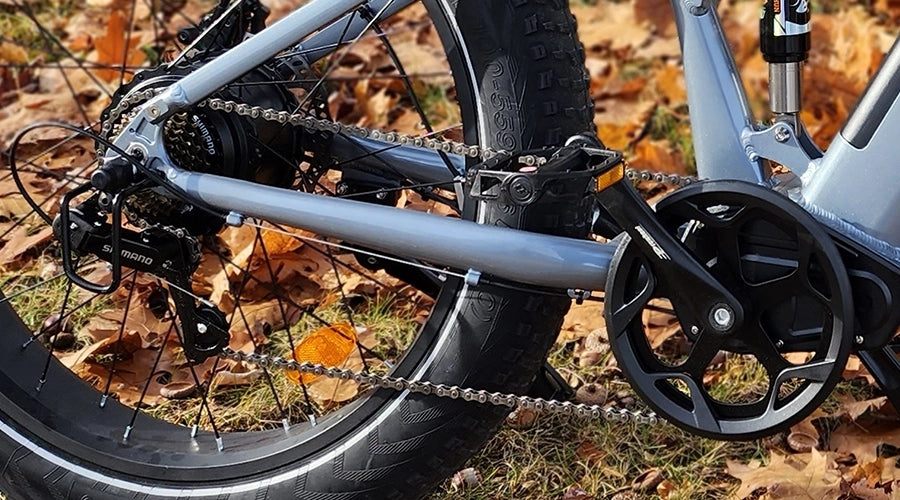
When you own an electric bike, maintaining the optimal condition of its chain is crucial. The chain serves as the core of the electric bike's power transmission system, directly impacting the efficiency and smoothness of your ride. However, due to factors such as dust, humidity, and other natural elements encountered during daily rides, the chain is susceptible to contamination and wear. To ensure your electric bike consistently performs at its best, we present a comprehensive guide to chain maintenance and care. From simple cleaning techniques to regular lubrication recommendations, this guide will assist you in ensuring the good health of your electric bike's chain, allowing you to experience enhanced performance during your rides.
Why Chain Maintenance Is Necessary
Linking the need for chain maintenance to the performance and lifespan of an electric bicycle emphasizes the critical role of regular upkeep in maintaining an optimal riding experience. The chain is a fundamental component of the electric bicycle's power transmission system, directly influencing the smoothness of rides and overall performance. Regularly maintaining the chain not only ensures the proper functioning of the mechanical components of the electric bicycle but also significantly extends the overall lifespan of the vehicle. With increasing riding mileage, the chain is susceptible to external environmental factors, dust, and moisture, leading to contamination and wear. Through routine maintenance, we can effectively reduce friction resistance in the chain, improve power transmission efficiency, and thereby enhance the overall performance of the entire bicycle.
Good chain maintenance not only impacts riding comfort and efficiency but also directly contributes to the overall safety of the electric bicycle. In cases where the chain is damaged or significantly worn, it may lead to unexpected failures during rides and potentially harm other components of the transmission system. Therefore, incorporating chain maintenance into a regular maintenance routine is a necessary step to ensure the long-term efficient operation of the electric bicycle, providing riders with a more reliable, smooth, and safe riding experience.







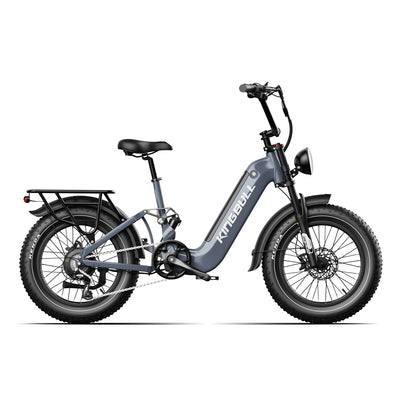
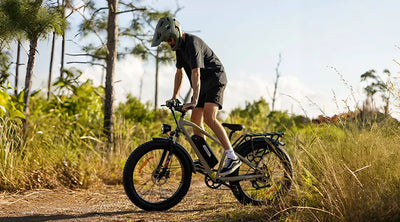

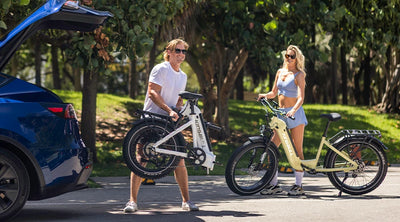

















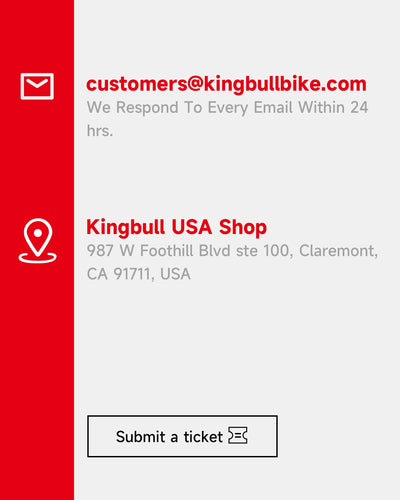



Leave a comment